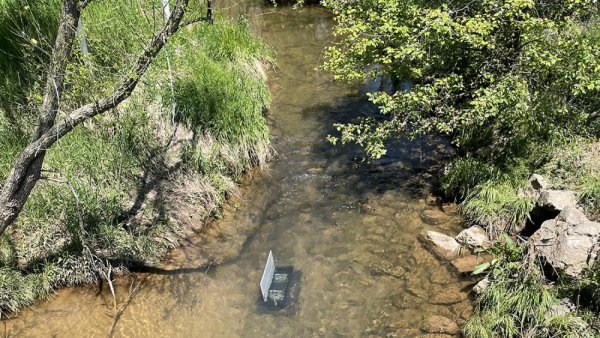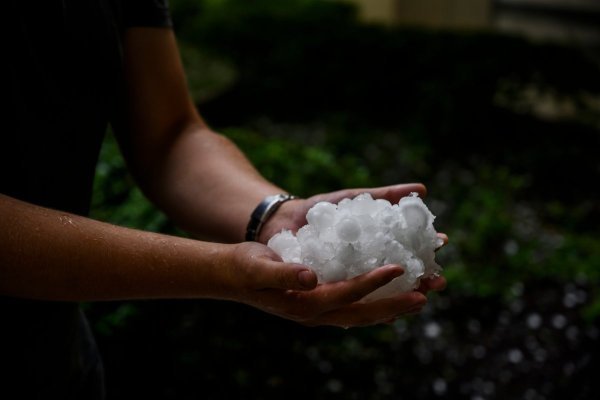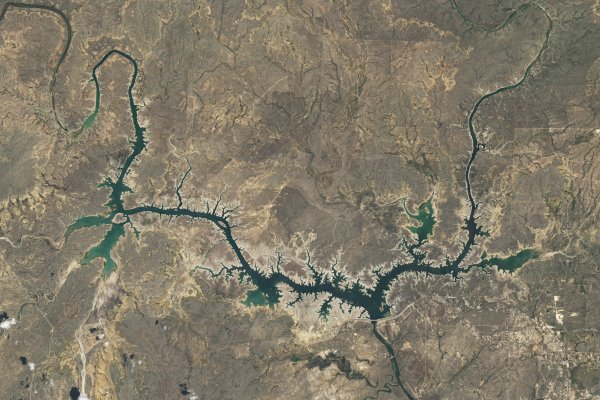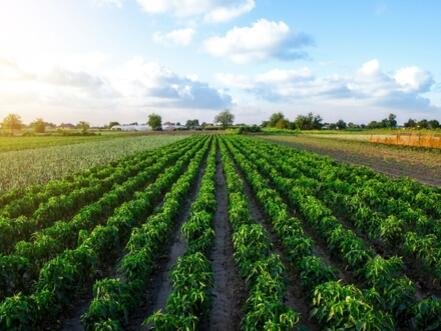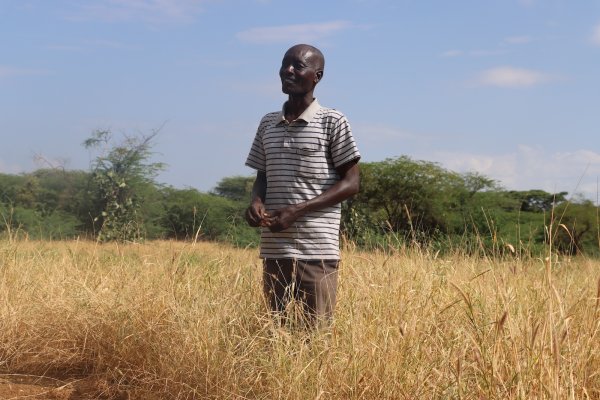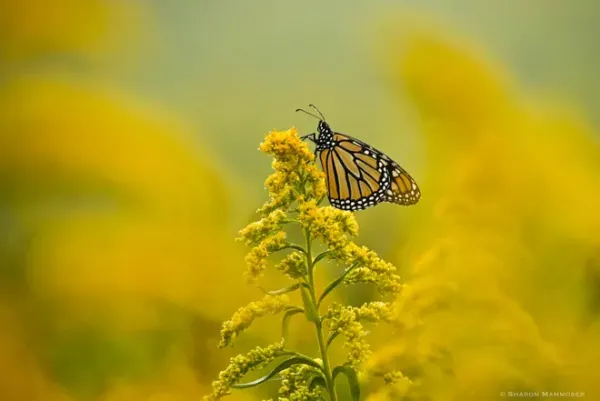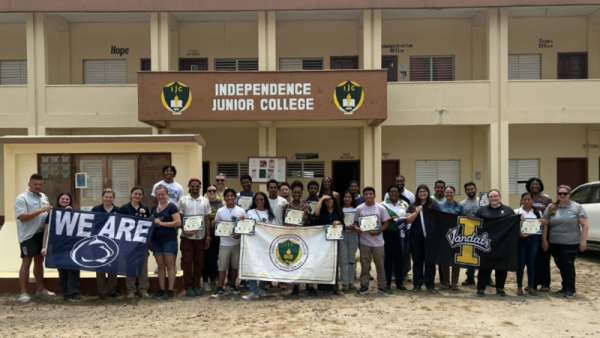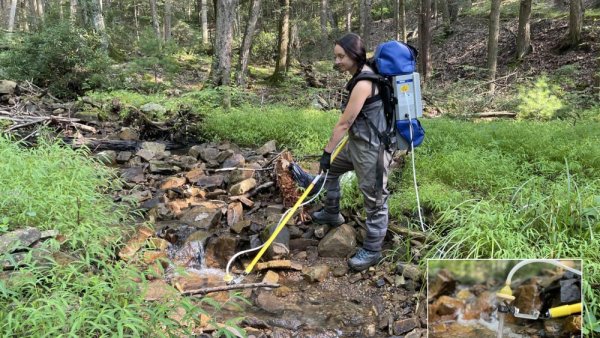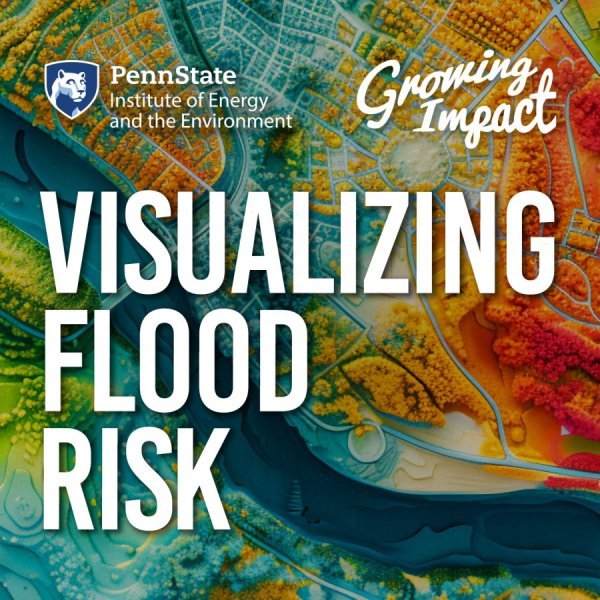USDA grant to fund project developing AI-powered database on water quality
| psu.edu
Nitrate, a common chemical compound that occurs naturally and is found in plants, water and soil, can break down into molecules harmful to human, animal and ecological health and accumulate as a pollutant. Nitrate contamination in streams, lakes and estuaries is a critical problem in many agricultural watersheds, but water-quality data is limited, making monitoring stream health and making management decisions difficult, according to researchers at Penn State. To enhance available data, the U.S.
Scientists may have found a radical solution for making your hamburger less bad for the planet
| washingtonpost.com
Scientists are studying how to genetically modify the makeup of cows’ gut microbiomes to prevent their planet-warming methane emissions. This article quotes Alexander Hristov, Distinguished Professor of Dairy Nutrition.
New study suggests climate change will make hail bigger and more costly
| washingtonpost.com
Hailstorms are by far the most costly hazard associated with severe thunderstorms. This article quotes Matthew Kumjian, professor of meteorology.
NASA image shows Texas reservoir water level after record low
| newsweek.com
The Amistad reservoir between Texas and Mexico saw its water levels drop to a record low of 1,047.15 feet above sea level on July 17. This article quotes Antonia Hadjimichael, assistant professor of geosciences.
Ben Franklin, Phospholutions and Penn State: Making historic innovations in agriculture
| happyvalleyindustry.com
It’s a win for Phospholutions and its ability to continue developing cutting-edge technology. It’s a win for Penn State to showcase public/private partnership that can rapidly build upon the success of both Penn State and Phospholutions. And it’s a win for Pennsylvania to have this amazing research lab developing technology and solutions that will fuel additional entrepreneurial outcomes and drive economic impact to our Commonwealth.”
Penn State researchers developing robotic precision pesticide sprayer
| newsbreak.com
Researchers at Penn State are developing a robotic precision pesticide sprayer capable of targeted application while minimizing unintended exposure. This article quotes Long He, associate professor of agricultural and biological engineering.
OriginLabs now offers free makerspace memberships to University Park students
| psu.edu
Makerspace Memberships at OriginLabs are now available at no cost to undergraduate and graduate students enrolled at University Park. To register for a free student Makerspace Membership, visit the OriginLabs website and fill out the Free Student Membership registration form.
Lisa Holden named interim head of the Department of Animal Science
| psu.edu
Lisa Holden, associate professor of dairy science, has been appointed interim head of the Department of Animal Science in Penn State’s College of Agricultural Sciences.
This simple farming technique can capture carbon for thousands of years
| grist.org
Across the world, farmers are turning waste biomass into biochar, improving soils, boosting yields, and creating a new source of income. This article mentions Penn State's PlantVillage project.
Habitat at Home: Goldenrod is glorious fall-blooming flower, powerful pollinator magnet
| citizen-times.com
Goldenrod, the glorious fall-blooming flower, is critical for monarch butterflies as they are passing through WNC on their way to Mexico. This article quotes Penn State Extension expertise.
Program awarded $750,000 to train future educators in global food security
| psu.edu
A project aimed at helping prepare undergraduate students to serve as future agricultural educators has received $750,000 in renewed funding from the U.S. Department of Agriculture’s National Institute of Food and Agriculture.
$1.95M NSF grant to fund novel study of environmental DNA fate in streams
| psu.edu
A bottle of water sampled from a lake or river can reveal what fish, amphibians insects and bacteria are present, thanks to environmental DNA, the genetic material shed by organisms. This way of measuring transforms scientists’ ability to determine the extent of aquatic life in various water bodies, according to a team led by Daniel Allen, assistant professor of aquatic ecology in Penn State’s College of Agricultural Sciences.

